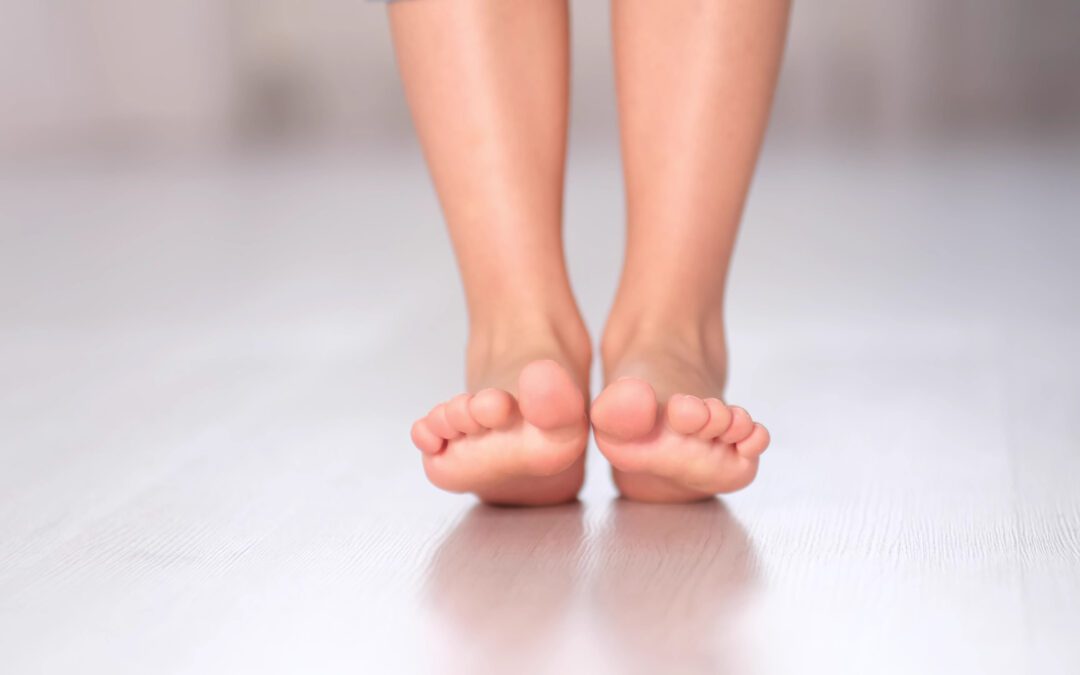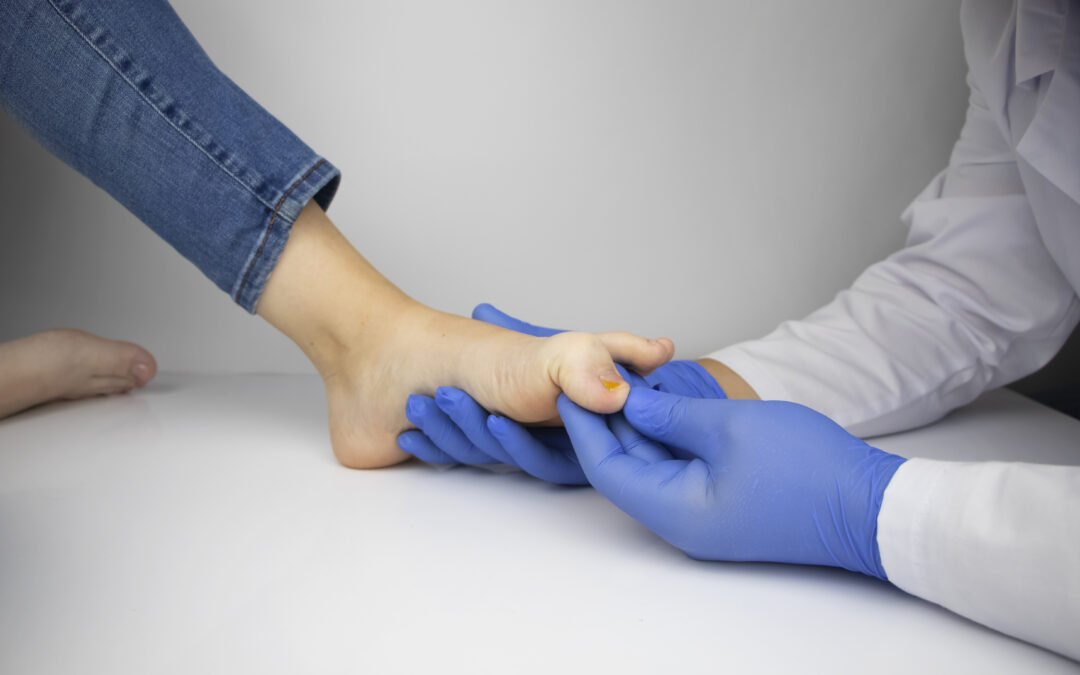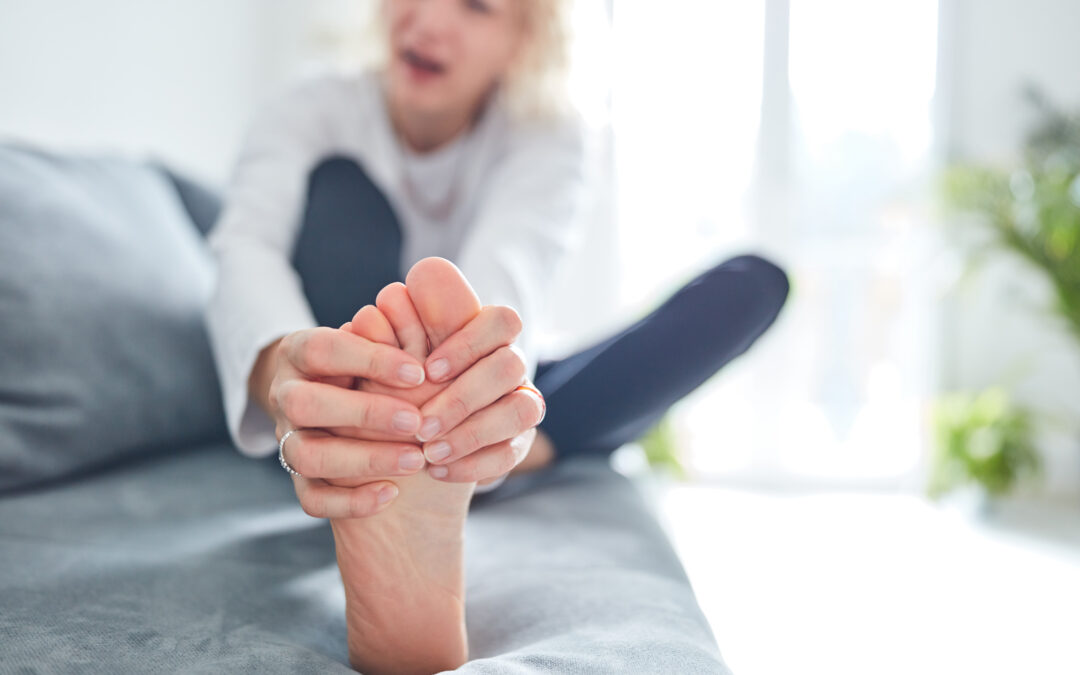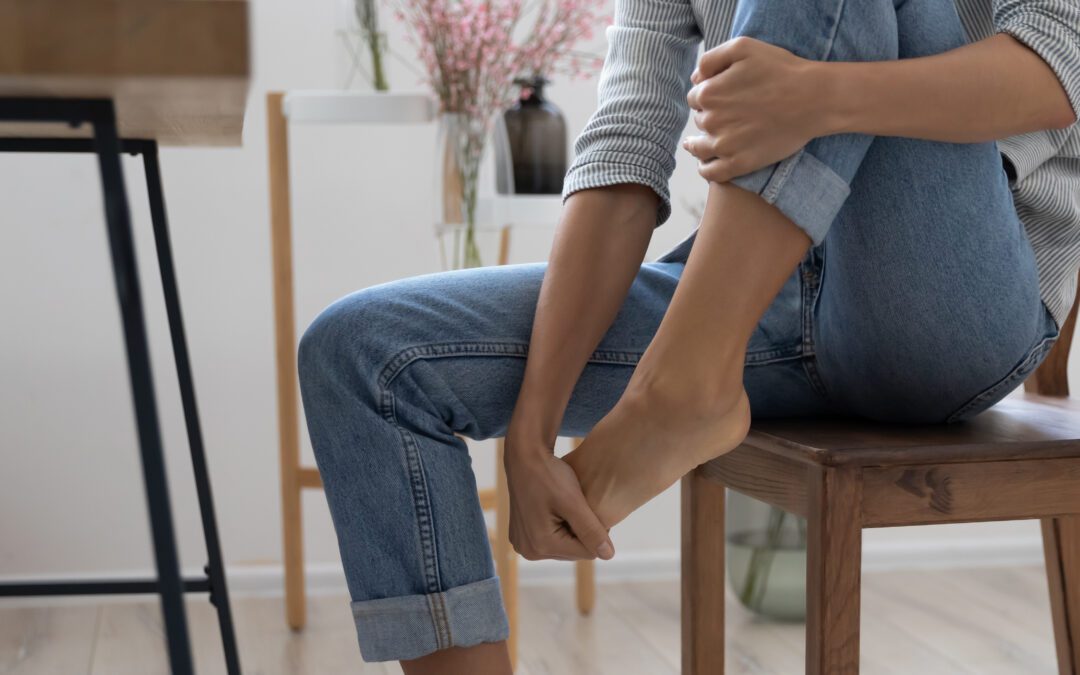Managing Bunions Before They Advance: A Guide by MVS Podiatry Associates
At MVS Podiatry Associates, we often diagnose and treat bunions – a common foot deformity. Bunions can be deceptive, often developing unnoticed in the beginning and progressing slowly. Consequently, many patients only realize the presence of a bunion when it’s considerably developed, causing pain and affecting mobility and shoe choice.
Expert intervention is essential in addressing bunions. Yet, there are methods to alleviate bunion-related discomfort as you await professional consultation.
Understanding Bunions
Curious about bunions? Check the base of your big toe.
A bunion emerges when the big toe deviates from its natural alignment at the metatarsophalangeal (MTP) joint, leading to a bony protrusion. This causes the big toe to lean towards the second toe.
Since our big toe bears a significant portion of our body weight for walking, a misaligned joint due to a bunion can be notably painful. Bunions not only cause discomfort from this misalignment (arthralgia) but also due to shoes not fitting properly over the bony prominence, resulting in skin irritation, calluses, blisters, or bursitis.
Common bunion symptoms are:
- Noticeable bony prominence on the big toe’s exterior.
- Inflammation, pain, and swelling at the big toe’s base.
- Stiff or painful big toe joint.
- Calluses, blisters, and other foot issues due to toe misalignment.
- Pain during walking or when wearing shoes.
What Causes Bunions?
Bunions have various root causes, with genetics being a primary factor. It’s not the bunion that’s inherited, but the foot shape and walking patterns predisposing someone to bunion development. If your parents had bunions due to their foot shape, there’s a chance you might develop them too. Abnormal pronation and flat feet are commonly linked to bunions.
That said, not everyone with bunions has a family history. Factors like wearing pointed or tight shoes, unsupportive footwear, or exposing the feet to excessive strain can cause the MTP joint to displace. For instance, dancers, particularly ballerinas, are at a higher risk.
Bunion Treatment Recommendations
When dealing with bunions, early intervention is crucial. Addressing a mild or moderate bunion is relatively easier than a pronounced one. If you suspect a bunion, promptly consult a podiatrist. While at-home remedies can provide relief, professional help is needed to resolve the condition.
For temporary relief, consider:
- Opting for supportive footwear with ample toe space.
- Steering clear of high heels or tight-fitting shoes.
- Using ice, elevating the foot, and considering anti-inflammatory medications.
- Wearing toe spacers.
- Applying protective bunion padding.
For the best outcome, consult a podiatrist upon noticing bunion symptoms. If you need to book an appointment with our expert team at MVS Podiatry Associates.





